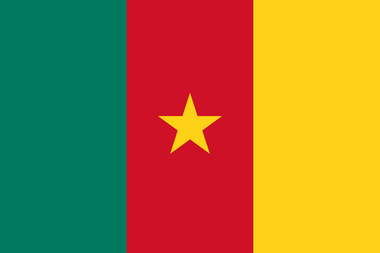
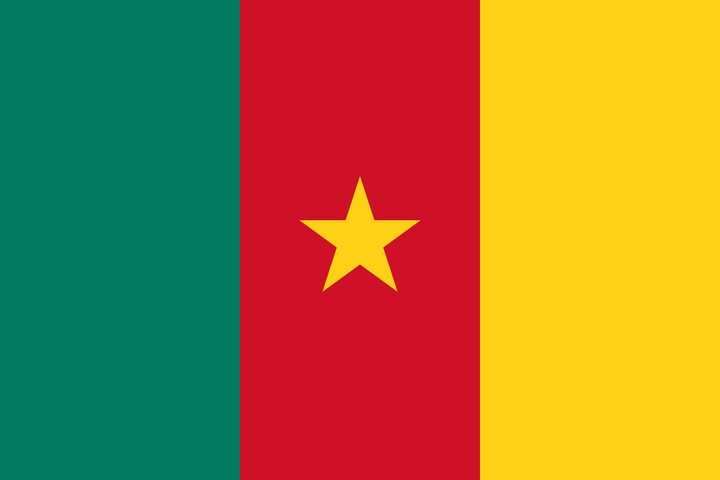
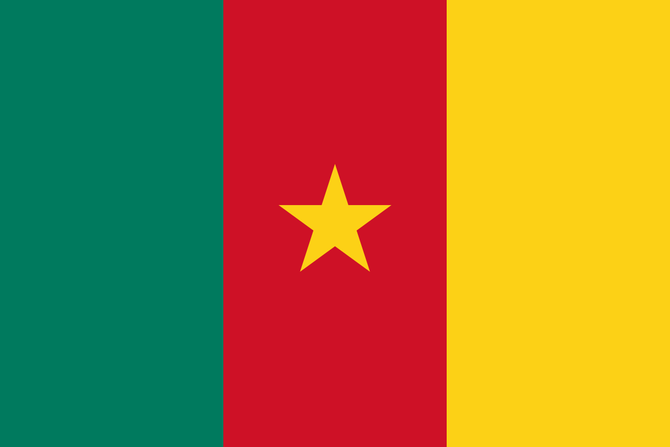
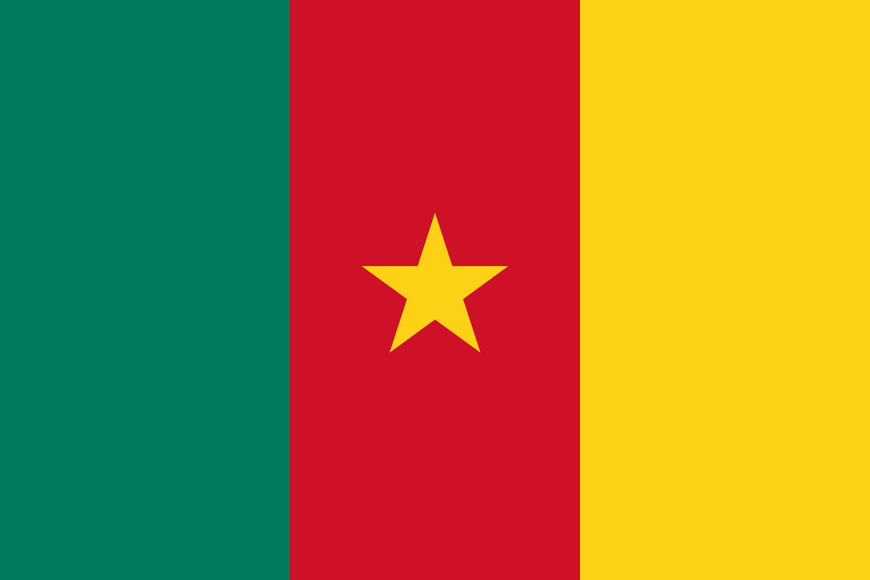
As an infrastructure of the country and economic development highly depends on its physiographic position previously some words must be said about Cameroon, the country. It’s a republic in the west of Central Africa which borders (and usually compared) to its neighbors from the same (Central Africa) region: Nigeria, Chad, the Central Affric Republic, Equatorial Guinea, Gabon, and the Republic of Congo. Cameroon has access to the Atlantic Ocean through the Bight of Bonny which is a part of the Gulf of Guinea and has dense and full-flowing rivers system. Cameroon is number 53 on a list of the world’s largest countries (United Nation Statistic Division). Cameroon has most of all African types of climates and reliefs presented on its territory. Forests and open woods occupy about a half of Cameroon’s lands.
Infrastructure characteristics
Nowadays Cameroon’s government is focused on less central planning and a private enterprise developing, and free trade trends dominate. Already, “country has made serious efforts to implement institutional reforms with a view to attracting private sector investment” (Parker, C). The economy of Cameroon by far depends on Cameroon’s production realization on the world’s market, so by far on the world’s prices, especially for the extractive industry.
As forests cover a great part of Cameroon’s territory and also there’s a lot of planes, the agricultural sector is highly important and developed. Primary agricultural and wood production gives an almost one-third part of all export incomes from wood, cacao, coffee and cotton as main kinds of primary production. Naming other key subsistence crops, they are beans, potatoes, bananas, yams, tea, cassava (manioc), corn (maize), and oil palm, peanuts (groundnuts), millet, and cassava (“Climate & Agriculture”). But cacao and wood are the main crops. Cameroon is one of the world’s largest cacao-beans producers, and robusta coffee is a most grooving crop in the country. Also, arabica coffee is highly grown.
Food producing industry is highly developed especially comparing to other Africa countries. Cameroon is self-sufficient on the domestic food market and exports livestock to neighbor countries such as Nigeria, Equatorial Guinea, and the Republic of the Congo.
Industrial fishing reduces its development because of a low level of fish in the region so doesn’t really make an income (Benneh, G). Quite opposite is wood producing industry. One-third of all Cameroon’s forests is widely exploited. Industrial wood export is one of the most important sectors of Cameroon’s infrastructure and gives about one-tenth from all export incomes. For the world’s market, Cameroon is one of the main timber (industrial wood) producers, along with Brazil and Indonesia. There’s an expansion tendency in wood producing industry, so Cameroon now suffers from illegal logging.
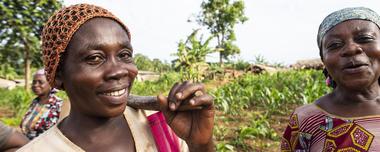
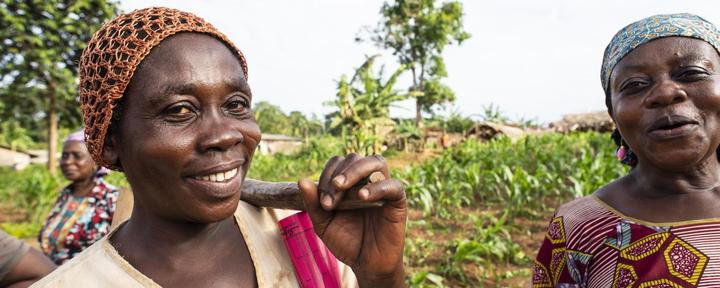
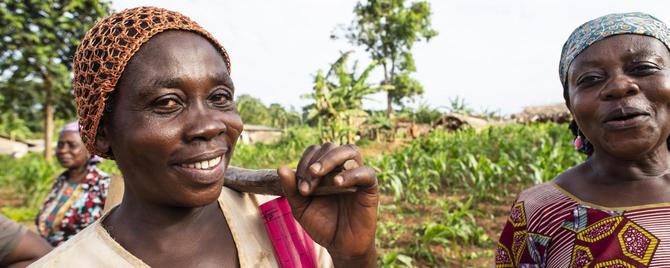
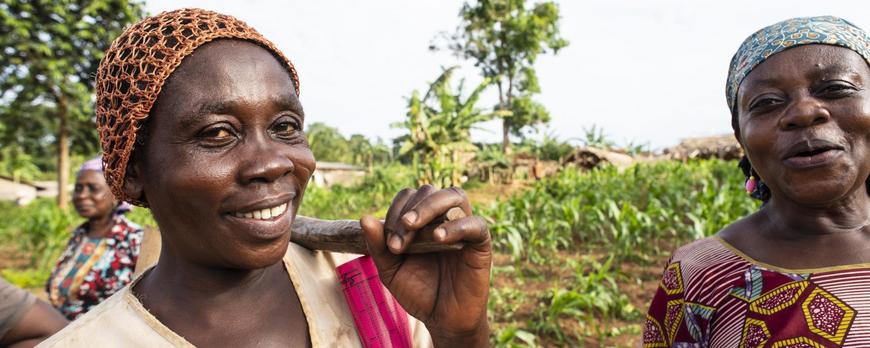
As the agricultural sector is so developed, most of Cameroon’s population is involved in it as workers.
A lot of natural goods in Cameroon are located in forests’ areas. Potentially, Cameroon is one of the world’s largest producers of cobalt. Comparing to other countries, the oil producing industry isn’t big, but most important for the economy of the country and gives about one-fourth of income (“Economy & Industry”). Nevertheless, the volume of oil for domestic output is reducing. There is a seaport and gas plant on a Kribi coast in progress, and also a pipeline for oil transportation is building, but a lot of natural gas locations are unexploded because of the cost of the investments.
The main electric provider is Sanaga River which supplies most of Cameroon with electric power, so despite potential ability to develop other sources, hydroelectricity is a main kind of power.
Focused on agricultural sector production processing manufactory is growing. Most developed in this sector are sugar, cotton (textile industry) and tobacco processing. Cellulose also as a timber processing is highly developed. There some big plants processing aluminum in Edea and oil-processing in Limbe. According to a general tendency, privatization programs are spreading in this area. Manufacturing industry stays less controlled industry sector.
Cameroon is linked in a monetary union with several others Central and West African countries with a common currency, the CFA franc, pegged to euro. Banks in Cameroon are privatized or reconstructed now as the result of economic crises, so new commercial banks are common. Most of the banks are foreign. They make headway for native ones whose position is less successful. Nevertheless, Cameroon’s bank system is most successful and power in the region (Benneh, G). Central bank discount rate 4.25% by 31 December 2009 est.; Commercial bank prime lending rate 14% by 31 December 2013 est. (“Cameroon Economy Profile 2014”).
Most of the taxation income consists of dues on production, services, and straight taxis from export and import.
Cameroon trades mostly with European countries, but there’s also an increase of trading with other foreign partners tendency. Major Europian partners are Netherlands and France, though a lot of export production goes to Spain. Other export partners: China 15.2%, India 8.6%, Portugal 8.1% and Italy 6% (“Cameroon Economy Profile 2014”). Export mainly consists of agricultural production (key crops) in primary or processed condition, and also oil, aluminum, and timber. “Around 60% of its raw timber is shipped to China and 80% of processed wood goes to European Union countries” (“Economy & Industry”). Nigeria and China are major import partners for Cameroon. Other import partners: France 14.9%, Belgium 5.2%, US 4.4%, India 4.2% (“Cameroon Economy Profile 2014”). Import production usually is cars, kinds of mechanic equipment, fuel, and food. Trade with the United States is developing.
Potentially, the touristic business can be developed, because of interesting climate, a variety of relief, Atlantic Ocean and rivers of Cameroon, but for now, this industry doesn’t increase much. Also because of the physiographic position transport system and communication development is hard to achieve and some parts are more communicational advanced than the other. Only one-tenth Cameroon’s roads are paved and the railway road is in developing process, except main functioning lines to Yaounde, Douala, and Ngaoundere.
Problems with overland traffic cause a tendency to develop hydro and aero transport systems. The main port-town is Douala – one of the most modernized ports in West Africa. There’re also ports in entries of Kienké River, Ambas Bay, and Benue River. The main airport’s in Douala, though international flights are also available from Yaounde. Development of air transporting system is in progress (Benneh, G).
Despite the global tendency of recusing prices on primary production and hard trade tendency, the economy of Cameroon now is quite stable. Economic development continues to increase because of many large projects inside the country. GDP has increased by 1% in 2012 compared to the 2013 year mostly because of such projects in transport and communication industries. GPD also arise from the reconstruction of some projects in the oil and gas industry, and investments in infrastructure. According to prognoses, in 2014-2015 years GPD will keep its increasing tendency (Doffonsou and Singh). Cameroon stays the most economically successful country in the Central Africa region.